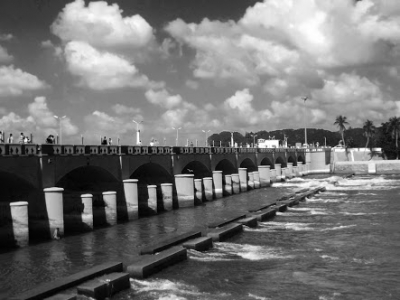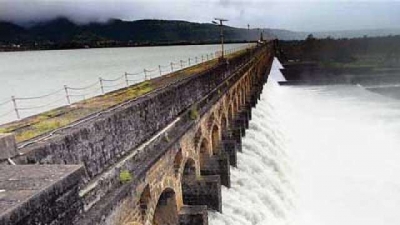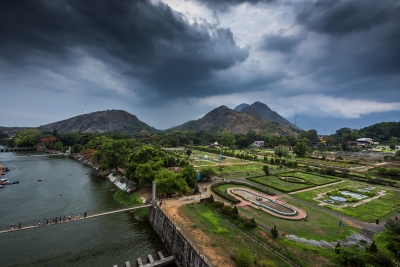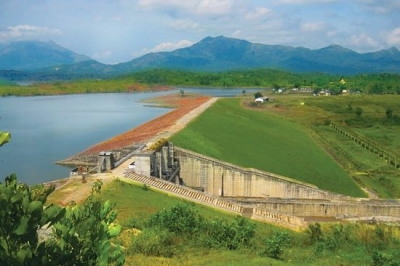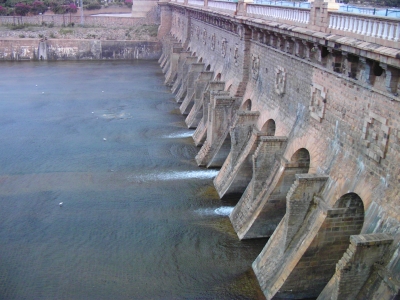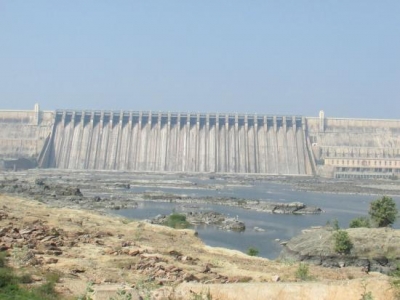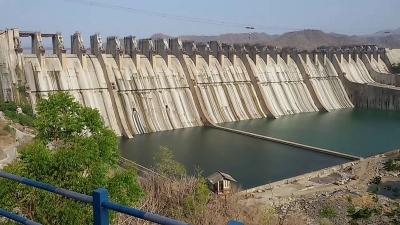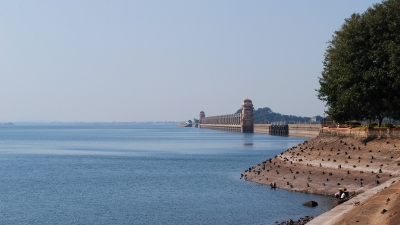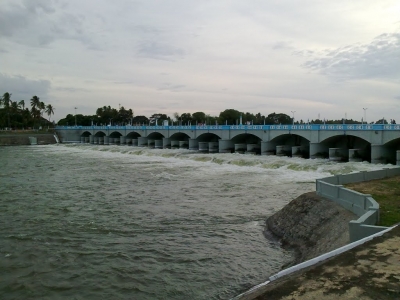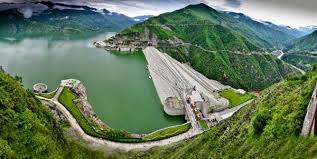The Sunni Dam and the promise of green energy
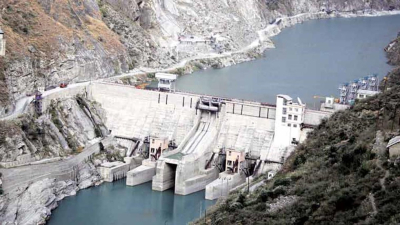
The hydro electric project in Himachal Pradesh is expected to generate 1,382 million units of green energy annually and help reduce CO2 emissions significantly.
The government has approved Rs 2,614.51 crore for the Sunni Dam Hydro Electric Project in Himachal Pradesh. Where is the dam coming up and what is its significance? Let's find out...
Over River Sutlej
The 382 MW Sunni Dam Hydro Electric Project will come up over the river Sutlej, covering both Shimla and Mandi districts. It is constructed by state-owned SJVN Limited at an estimated cost of Rs. 2614.51 crore. The project is expected to be completed in five years.
The proposal to build the dam is expected to provide various benefits to local suppliers/enterprises/ MSMEs and encourage entrepreneurship opportunities within the country besides contributing to socio-economic development of the region. The implementation of the project is also expected to generate employment for about 4,000 persons during its peak construction.
Run-of-the-river project
According to the Satluj Jal Vidyut Nigam (SJVN), a public sector undertaking involved in hydroelectric power generation and transmission, the run-of-the-river project will have a 71-metre-high gravity dam (one constructed from concrete), and six generating units in its surface powerhouse. Typically, a run-of-the-river hydroelectric generation plant will have no water storage or a limited storage. In other words, it's a facility that channels flowing water from a river through a canal to spin a turbine to enable power generation.
Green energy
The Sunni dam project will generate 1,382 million units of green energy annually and help reduce CO2 emissions equal to 1.1 million tonnes per year. Why is hydropower considered eco-friendly? Amidst intensification of human-induced climate warming, the fact that no fuels are burnt to generate hydropower and no emissions are released into the atmosphere in the process makes it a clean form of energy. The Sunni dam project is scheduled to be commissioned within 63 months of the commencement of construction.
Free power to HP government
On commissioning, 13% of the power generated will be provided free of cost to the Himachal Pradesh government, including 1% for the local area development fund. Usually, large dam constructions involve displacement of people in the respective regions. According to SJVN MD Nand Lal Sharma, each family affected by the project will get 100 units of free electricity per month for 10 years.
The aim of the hydroelectric power project is to fulfil a steady rise in electricity demand in the Northern Region by producing as much energy as possible, with minimum cost and fewer negative impacts on the environment. It is said that this hydro project will play a crucial role in balancing the grid over the intermittent nature of solar and wind power, and will significantly contribute towards the Government's vision of providing uninterrupted electricity supply to people.
Picture Credit : Google
